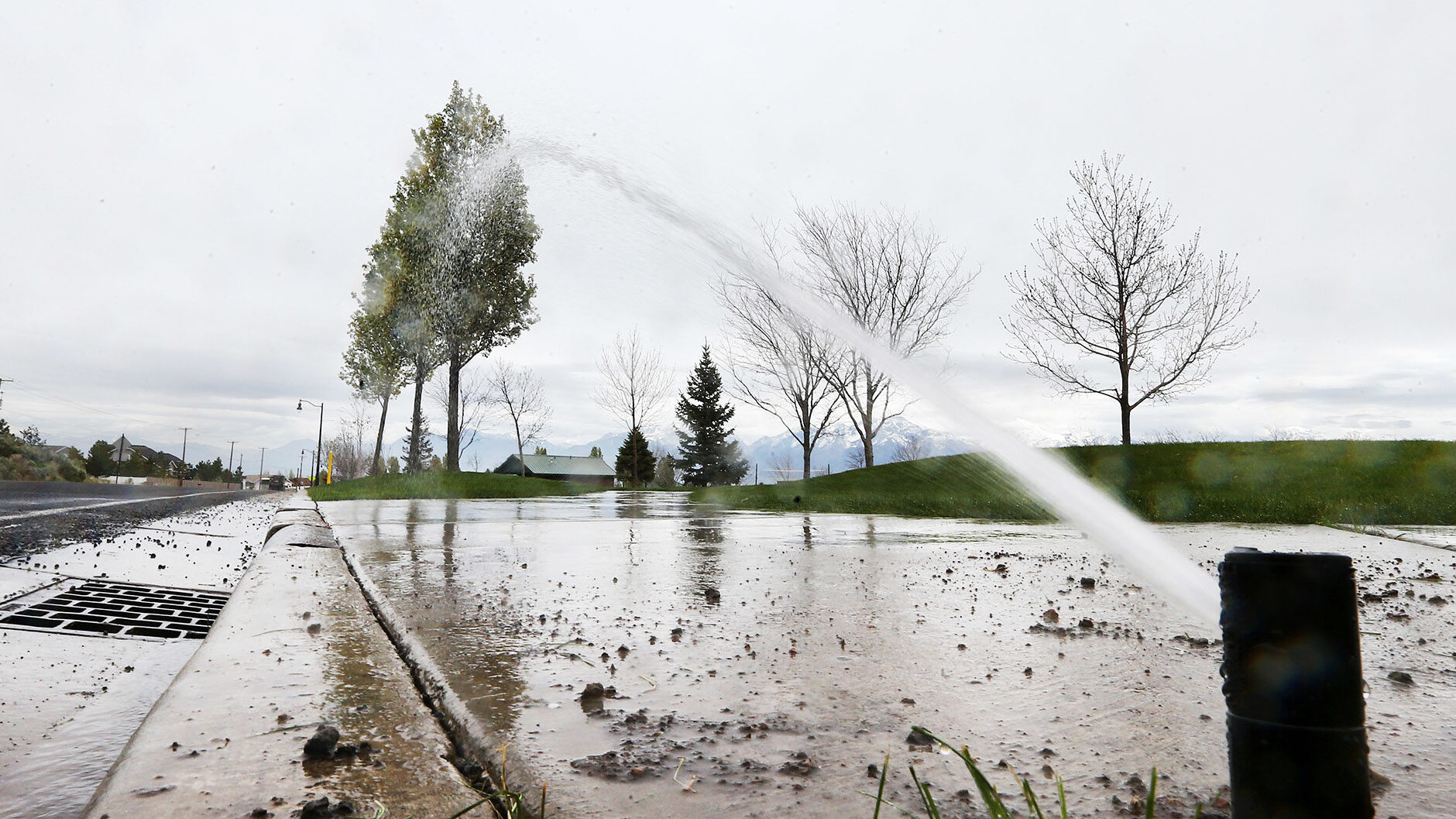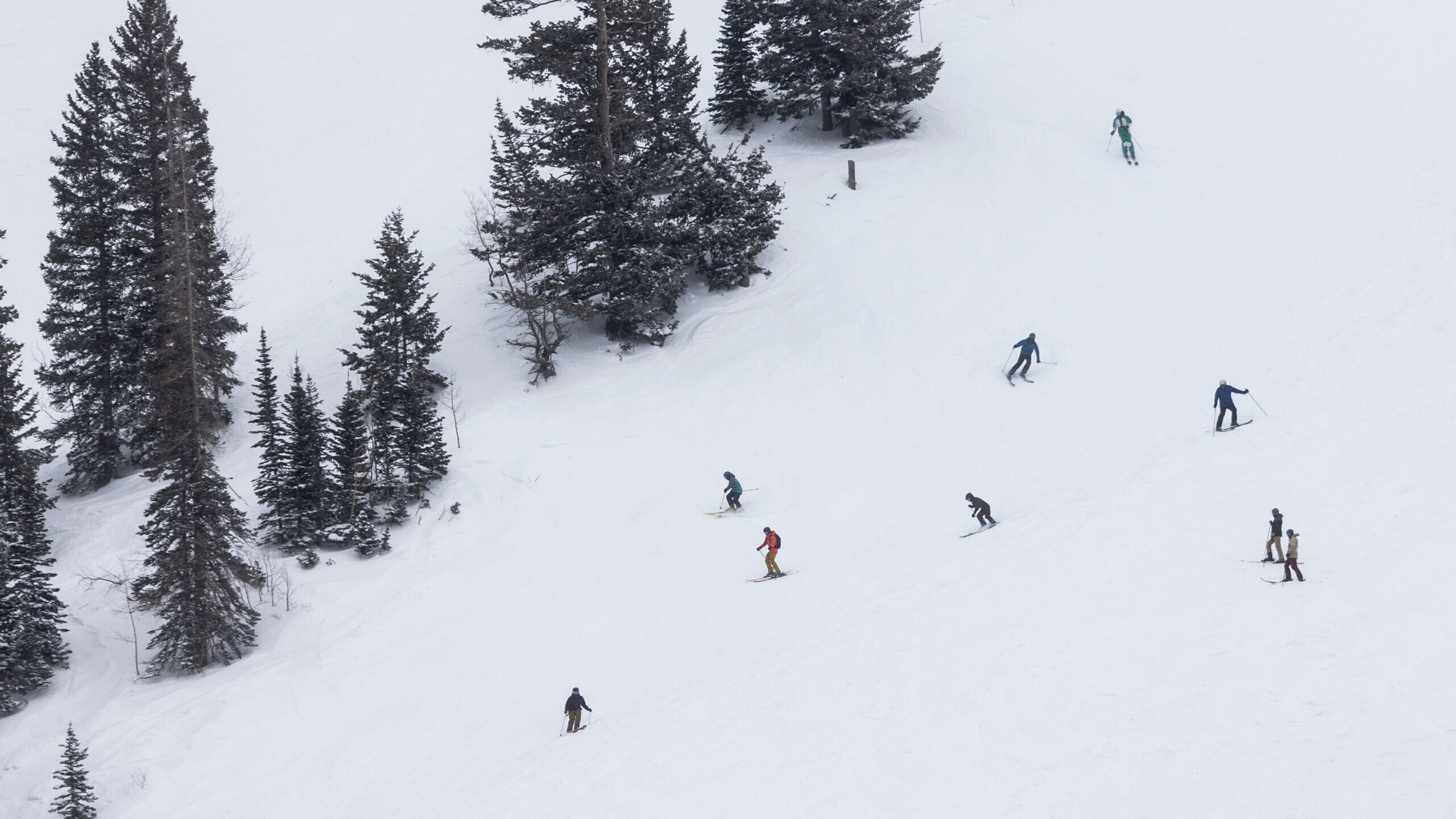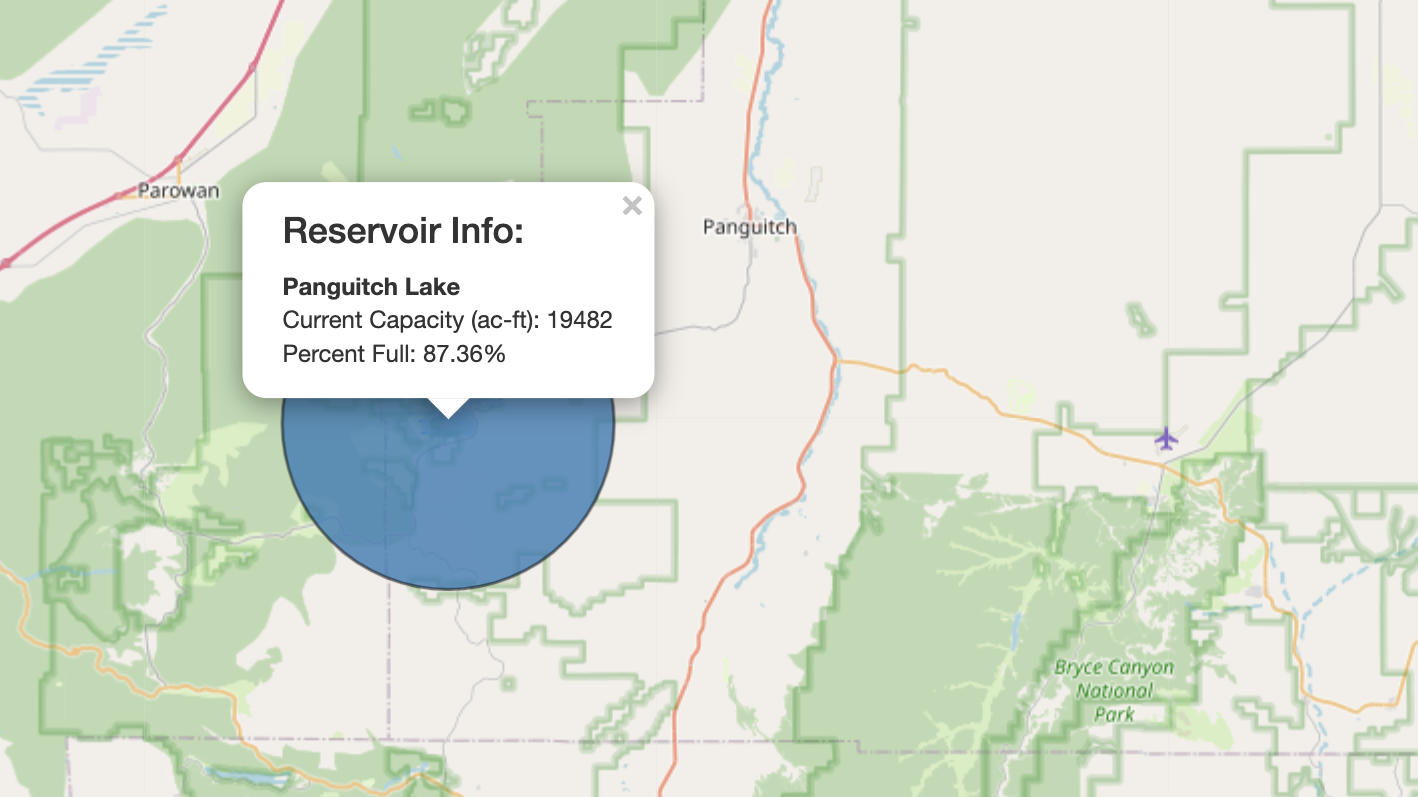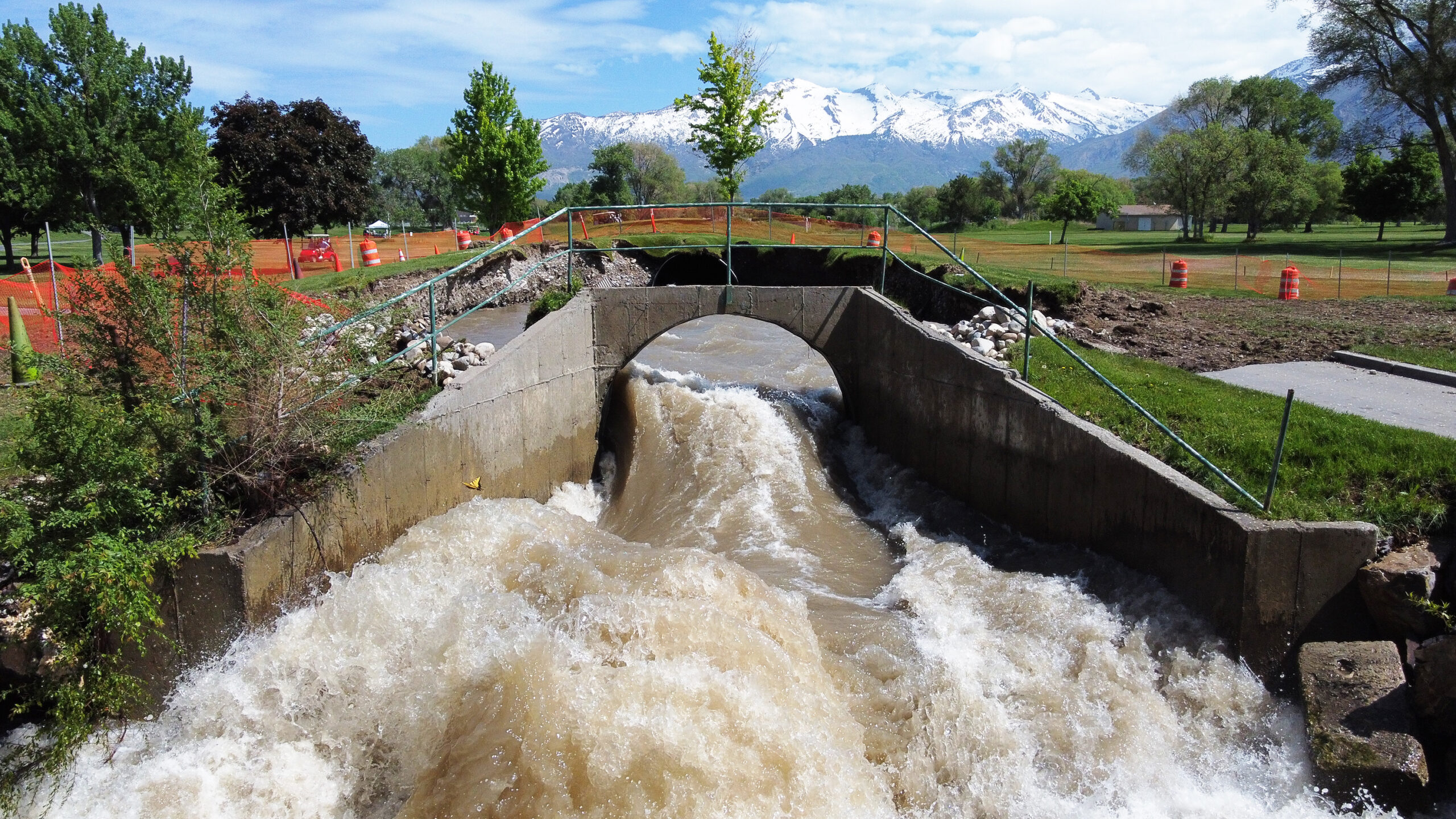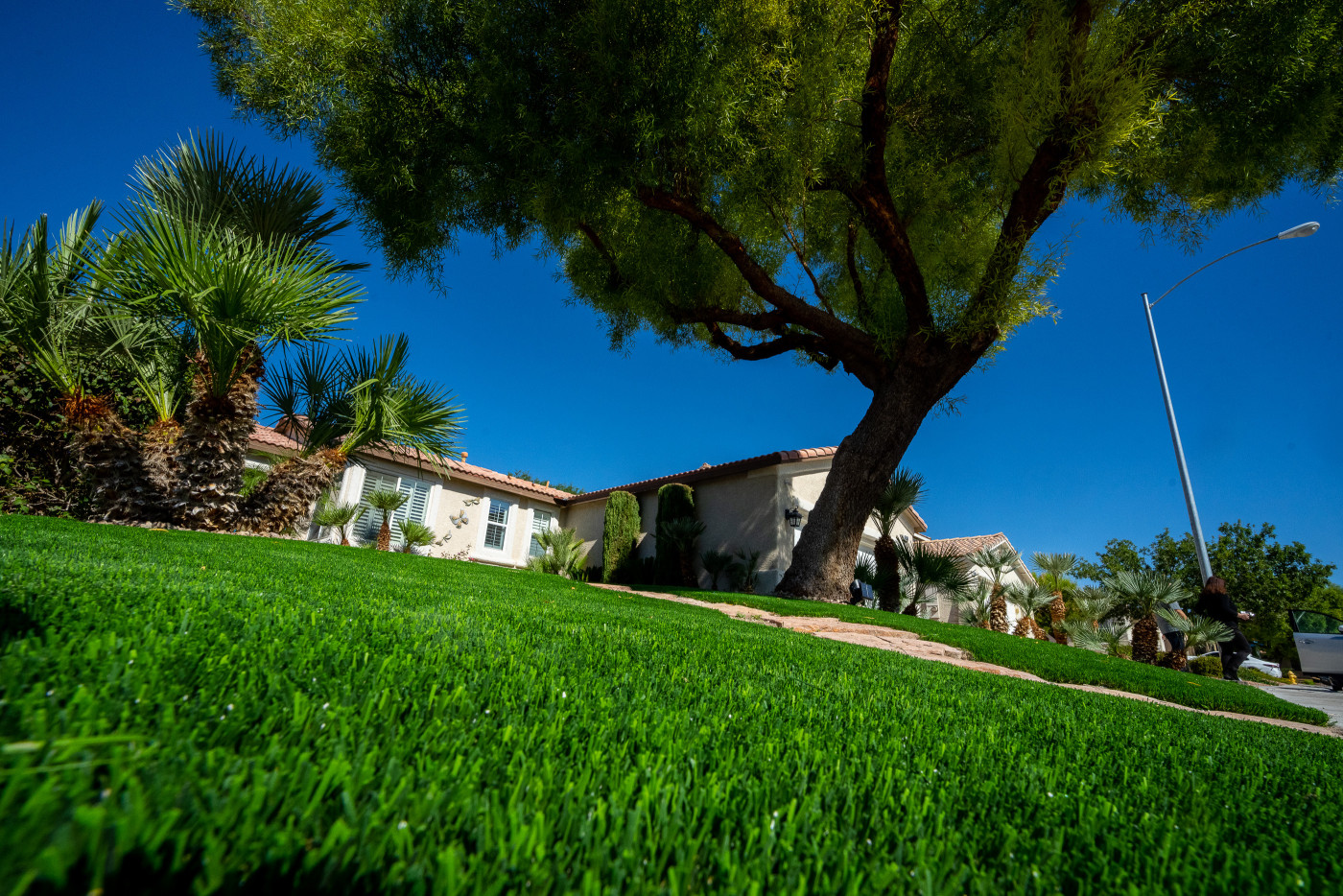Hydrologists ‘alarmed’ at current Utah water levels and drought outlook
Feb 10, 2022, 7:34 PM
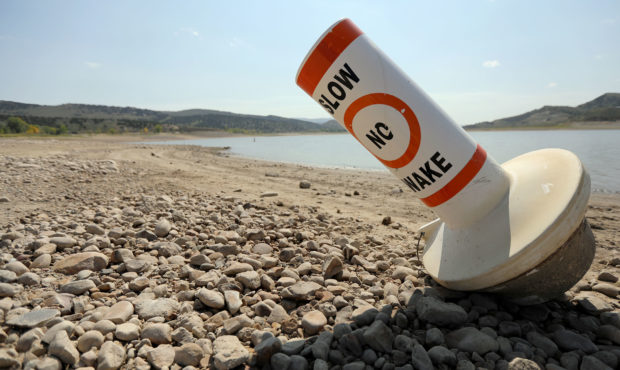
File photo: A marker buoy is grounded on the dried-up shore of Echo Reservoir at Echo State Park during a drought on Thursday, Sept. 16, 2021. Photo: Kristin Murphy, Deseret News
SALT LAKE CITY — Hydrologists say it’s time to be alarmed at Utah water levels, with snowpack levels back below normal. They say we still need three or four strong storms to hit Utah before the snowpack peaks. Utah only has 54 days left in the snow season.
Utah water levels
The outlook is grim, according to water officials. The Utah Division of Water Resources published their latest findings, showing over 93 percent of the state is still in “severe drought,” while over 33 percent could be considered as in “extreme drought.” Out of the 63 streams the division measures, 39 of them are flowing below normal.
National Weather Service Hydrologist Glen Merrill says gauging the snow water equivalent this season has been like a roller coaster, with December feeling like an exciting climb and January feeling like a terrifying fall.
“Once again, we’ve just flat-lined. If anything, we’ve lost some snow,” Merrill said.
A positive sign
The one positive sign is that soil moisture is slightly above average for this time of year, which is far better than 2021. Merrill estimates we have between 90 and 95 percent of the snow water equivalent that we would normally have this time of year. However, we are woefully short of what we need to have by the beginning of April. That is when the snowpack normally peaks.
He said, “We’re sitting at about 54 percent of our normal peak, and we’re two-thirds of the way through our snow accumulation season.”
Utah Snow Survey Supervisor Jordan Clayton agrees that a very dry January significantly hurt any chances we would have of getting water levels close to normal this year.
“The gains that we had received at the end of December and early January… the boost that we received that got us up to about 135 percent of normal at the beginning of the month have now deteriorated to the point where, now, we’re below normal,” Clayton said.
Hope is not lost
Is all hope lost? Not necessarily. Clayton says we need roughly 7 more inches of snow water equivalent to bring our levels to where they would normally be by April. And four strong storms could help us get there. However, the state has seen a growing deficit in our reservoirs for the past three years. Clayton says a “normal” year wasn’t what we needed.
“This winter, we needed an above normal winter in order to start replenishing our reservoir system,” he said.
Sadly, there is nothing in the forecast that makes water watchers believe we’ll get the storms we need by spring.
Read more:
- BYU researchers introduce drought-resistant quinoa as nations face food challenges
- Water watchers expect historically low levels at Lake Powell



